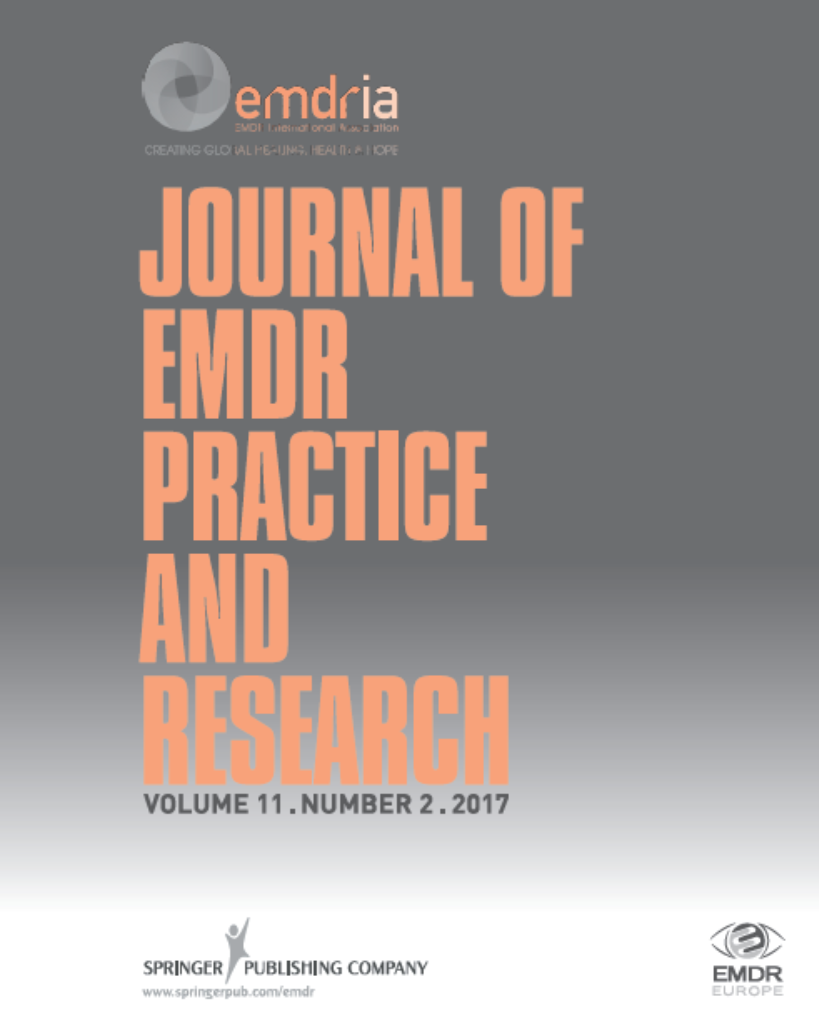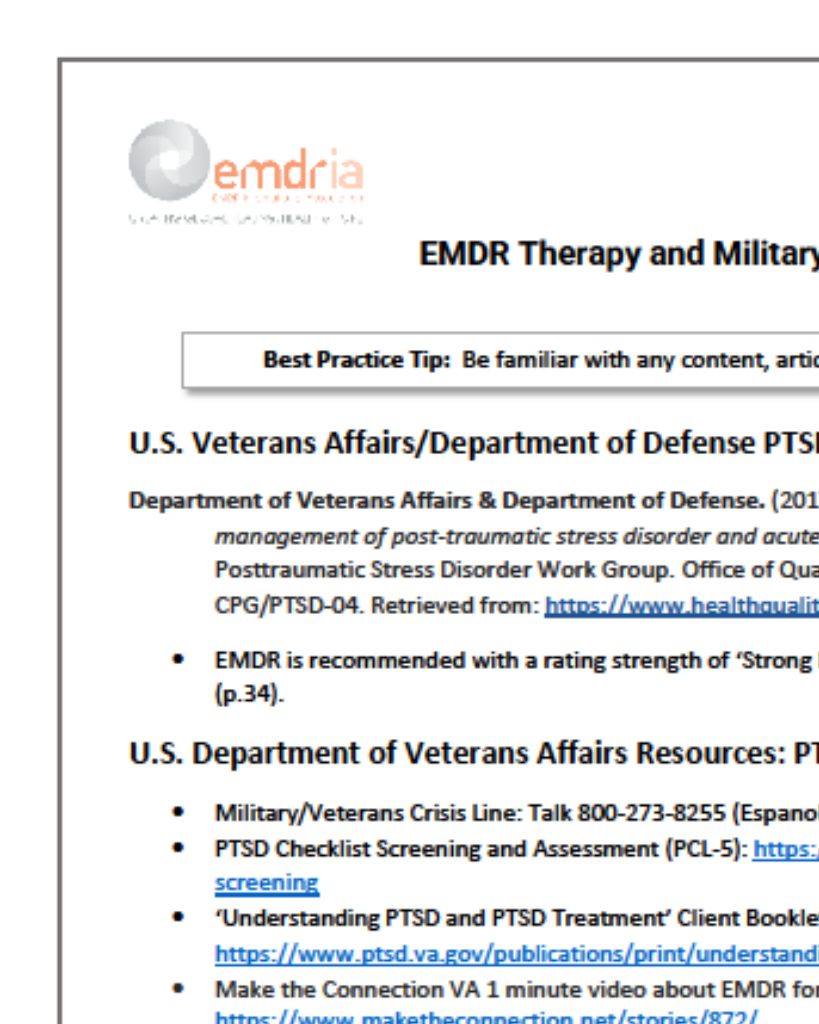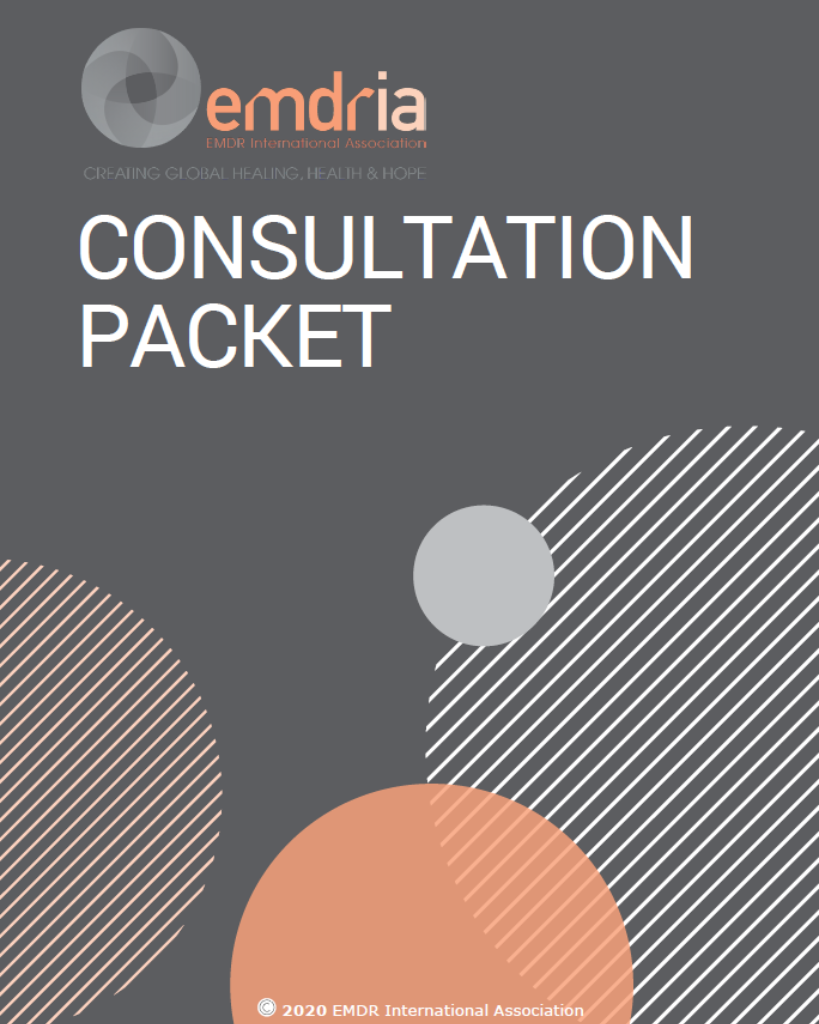Trauma as Absence: A Biopsychosocial-AIP Definition of Trauma and Its Treatment in EMDR Therapy
This paper by Tony Cotraccia advances the biopsychosocial adaptive information processing (BPS-AIP) model and theory by adding consciousness as a mechanism of action activated via social behavior in EMDR.
“This paper advances the biopsychosocial adaptive information processing (BPS-AIP) model and theory (Cotraccia, 2012) by adding consciousness as a mechanism of action activated via social behavior in EMDR. An attention schema is conceptualized as content integrated with dynamic self-models that maintain subjective mental states of biopsychosocial connectivity or disconnectivity. These implicit self-models are portrayed as determining 1) the disposition of the BPS-AIP system of clients presenting for EMDR as more or less connected or disconnected prior to, at the time of, and following, a stressful event; and 2) whether or not stressful events become traumatizing over time. Attention schema theory (Graziano, 2021) is integrated to further describe how establishing and enhancing attentional agency when addressing simple and complex-PTSD facilitates consolidation of autobiographical memory. Self-integration in the context of an attuned therapeutic relationship is described in terms of patterns of tracking attention to promote heightened states of self/other consciousness and activate the innate healing system. Attention schema theory, as a prominent theory of consciousness, adds to BPS-AIP’s compelling description of how an innate neurophysiological system can be integrated with psychosocial components that explain how both subjective and intersubjective experiences are causally relevant to the processing of autobiographical memory.”
—Description from publisher
Article Access
Open Access
Cotraccia, A. J. (2022). Trauma as Absence: A Biopsychosocial-AIP Definition of Trauma and Its Treatment in EMDR Therapy. Journal of EMDR Practice and Research, 16(3), 145–155. https://doi.org/10.1891/EMDR-2022-0011
About the Journal
The Journal of EMDR Practice and Research is a peer-reviewed publication devoted to integrative, state-of-the-art papers about Eye Movement Desensitization and Reprocessing. It is a broadly conceived interdisciplinary journal that stimulates and communicates research and theory about EMDR, and their application to clinical practice. The Journal of EMDR Practice and Research is the Official Publication of the EMDR International Association.
Date
September 1, 2022
Creator(s)
Anthony J. Cotraccia
Practice & Methods
AIP
Extent
11 pages
Publisher
Springer Publishing Company
Rights
Copyright © 2022 EMDR International Association
APA Citation
Cotraccia, A. J. (2022). Trauma as Absence: A Biopsychosocial-AIP Definition of Trauma and Its Treatment in EMDR Therapy. Journal of EMDR Practice and Research, 16(3), 145–155. https://doi.org/10.1891/EMDR-2022-0011
Series
16
Installment
3
Audience
EMDR Therapists
Language
English
Content Type
Peer-Reviewed
Original Source
Journal of EMDR Practice and Research
Access Type
Open Access





